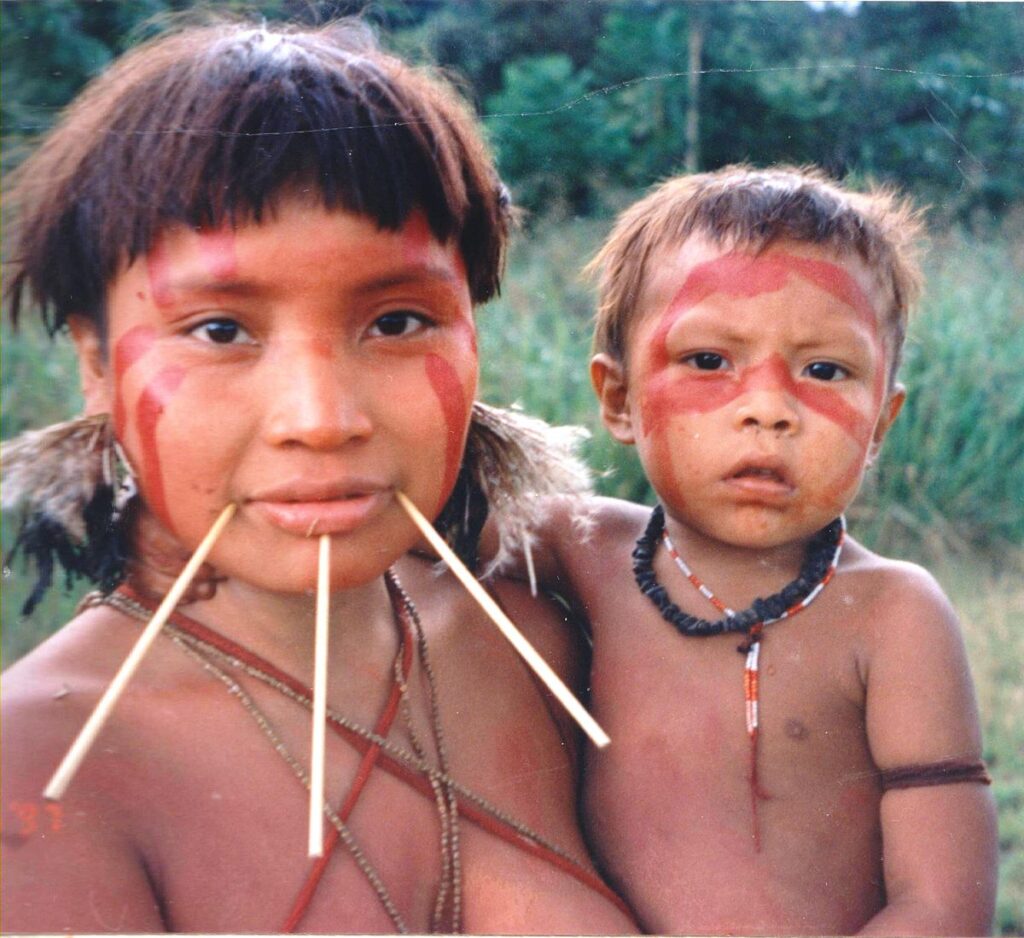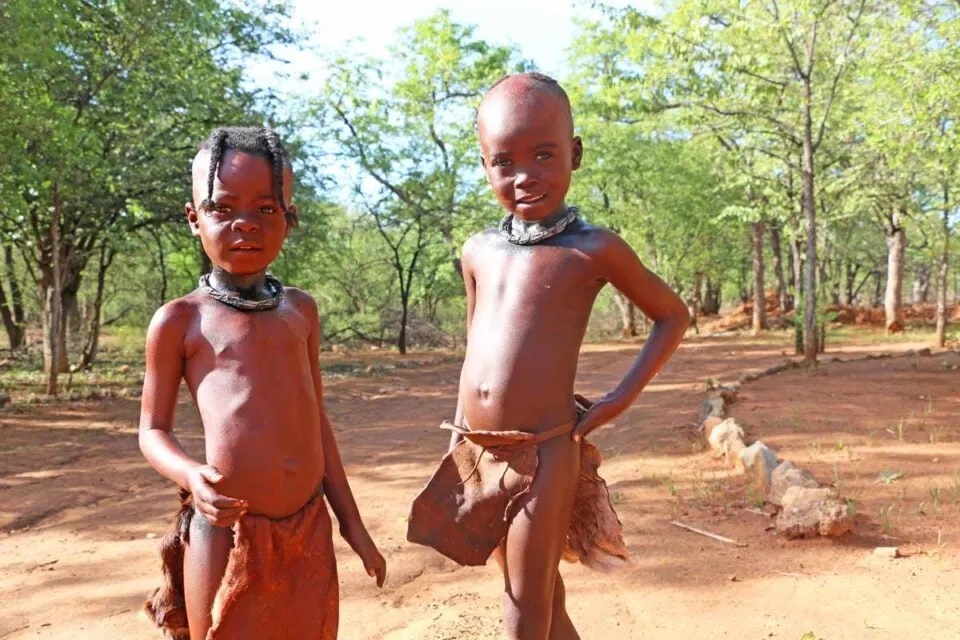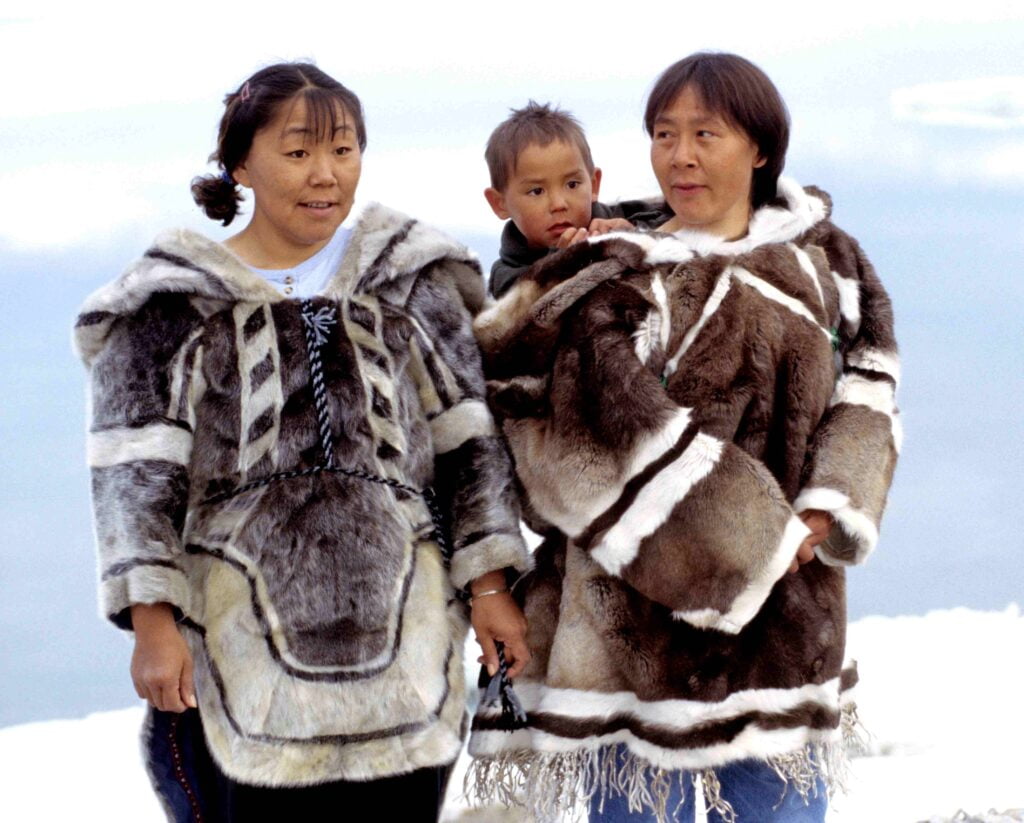In our modern, interconnected world, where technology bridges gaps and distances, there exist pockets of humanity that remain deliberately distant. These are the remote tribes, often living in seclusion, preserving their traditions, languages, and ways of life against the tides of globalization. “Exploring the Most Remote Tribes of the World” unveils a captivating world of ancient traditions and compels us to consider the importance of cultural preservation. Their existence not only fascinates but also raises important questions about cultural diversity, conservation, and the ethics of contact.
1. The Yanomami of the Amazon Rainforest
Deep within the Amazon rainforest, the Yanomami people reside in the border regions of Brazil and Venezuela. Around 35,000 individuals live in small villages scattered across the dense jungle. The Yanomami possess a deep knowledge of the rainforest and practice traditional shamanism. Encounters with the modern world have brought challenges such as diseases and encroachment on their lands, making their seclusion crucial for survival.

2. The Sentinelese of North Sentinel Island
One of the most isolated tribes in the world, the Sentinelese inhabit North Sentinel Island in the Indian Ocean. Their resistance to outside contact is legendary, and they are known for their hostility towards outsiders. Attempts to make contact have been met with violence, highlighting their desire to remain isolated. The Indian government has declared the island off-limits to protect both the tribe and visitors from potential conflict and disease.

3. The Himba of Namibia
In the harsh desert landscape of northern Namibia, the Himba people have maintained their semi-nomadic pastoralist way of life for centuries. Known for their distinctive appearance, characterized by their ochre-colored hair and skin, the Himba have adapted to survive in the arid conditions of the Kaokoveld. Their traditions, including intricate hairstyles and jewelry, reflect their deep cultural heritage and spiritual beliefs tied to the land.

4. The Korowai of Papua
High in the treetops of the Indonesian province of Papua, the Korowai people build their homes in the canopy of the rainforest. They are renowned for their expertise in treehouse construction, which helps them evade floods and insects, and provides protection from rival tribes. Despite increasing contact with the outside world in recent decades, many Korowai maintain a traditional lifestyle, relying on hunting, gathering, and small-scale agriculture.

5. The Inughuit of Greenland
In the remote reaches of Greenland’s northernmost tip, the Inughuit (formerly known as the Polar Inuit) live in settlements such as Qaanaaq and Siorapaluk. These resilient people have adapted to survive in one of the harshest environments on Earth, relying on hunting marine mammals and fishing. Their language and cultural practices reflect a deep connection to the Arctic landscape and its resources, which are increasingly threatened by climate change.

Ethical Considerations and Challenges
The existence of remote tribes raises ethical questions about contact and preservation. While contact can bring benefits such as access to healthcare and education, it also risks exposing these vulnerable populations to diseases and disrupting their traditional ways of life. Governments and organizations often grapple with balancing these risks and benefits while respecting the tribes’ autonomy and right to self-determination.
Preserving Cultural Diversity
The preservation of these remote tribes is crucial not only for their own communities but also for humanity as a whole. Their unique languages, knowledge of the environment, and cultural practices offer valuable insights into alternative ways of living and understanding the world. Efforts to protect their lands, ensure their rights, and promote sustainable development that respects their autonomy are essential for safeguarding cultural diversity and promoting global understanding.
In conclusion, the most remote tribes of the world embody both the challenges and the richness of human diversity. As we navigate an increasingly interconnected world, their existence reminds us of the importance of respecting and learning from different cultures, while also acknowledging the delicate balance needed to ensure their survival and well-being.
Read Also
- Tribes of Madhya Pradesh: A Cultural Tapestry
- How Do Indigenous Tribes Live in the Amazon Rainforest?
- 10 Most Biodiverse Countries
- 10 Most Breathtaking Natural Wonders in the World
- 10 Unique Hybrid Animals Created by Humans
- Languages and Dialects of Madhya Pradesh
- National parks of Madhya Pradesh
- Forest Man of India-Jadav Payeng
Frequently Asked Questions (FAQs)
A remote tribe is typically a group of people who live in isolated regions, often far from modern civilization and with limited contact with the outside world. They usually maintain traditional lifestyles and cultural practices.
Dense rainforests, high mountain ranges, remote islands, and arid deserts – these are the kinds of remote and inaccessible areas that often harbor remote tribes. Examples include tribes in the Amazon rainforest, Papua New Guinea, the Andaman Islands, and parts of Africa.
Remote tribes rely on traditional knowledge and skills for survival. They hunt, gather, fish, and farm using techniques passed down through generations. They have deep knowledge of their environment and natural resources.
Some remote tribes have occasional contact with outsiders, such as researchers, tourists, or nearby settlements. However, many choose to maintain their isolation and have limited awareness of the broader modern world.
Remote tribes face numerous challenges, including encroachment on their lands by outsiders, loss of traditional territories, diseases brought by outsiders, and environmental threats such as deforestation or climate change.
It varies among tribes. Some are curious about outsiders and may interact with them, while others prefer to remain undisturbed. Respect for their wishes and cultural practices is crucial when considering visits or research.
Contact can have both positive and negative impacts. Positive effects may include access to medical care or education. Negative effects may include cultural erosion, loss of traditional knowledge, and susceptibility to diseases.





